TBI Blogs: With Tesla Motors’ Model 3 on Its Way to India, Here’s a Look at the Future of Electric Vehicles
The Indian automobile industry has reached a saturation point, but might not stay there for long. The electric vehicle revolution is on the horizon, and it promises sweeping change.
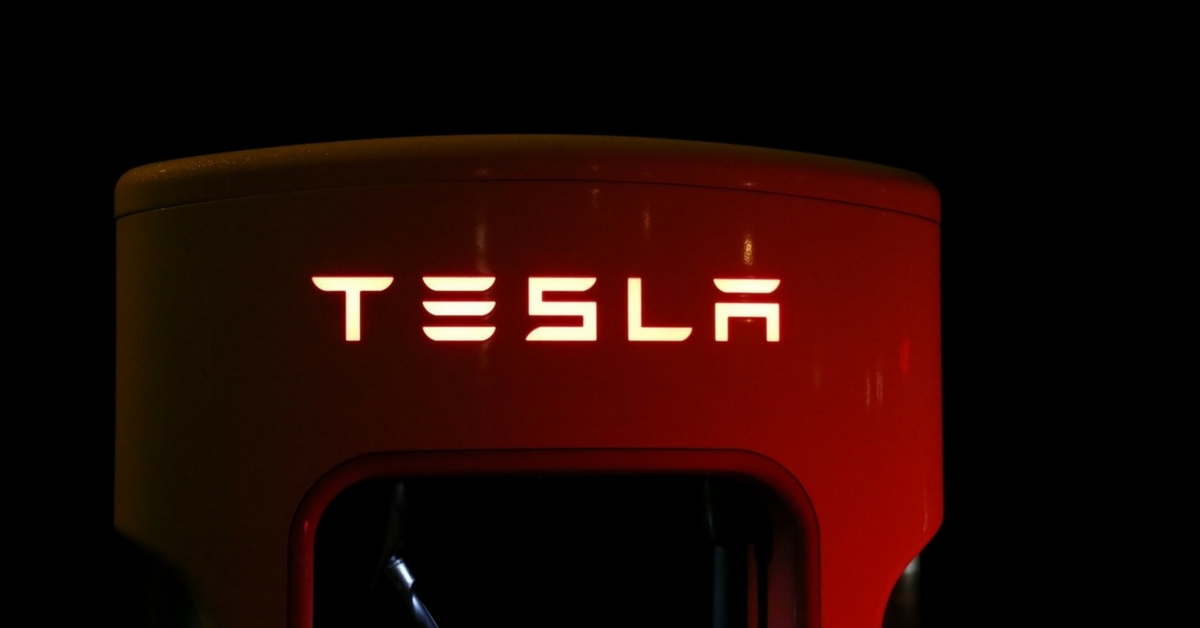
What are electric vehicles?
An electric vehicle (EV), also referred to as an electric drive vehicle, uses one or more electric motors or traction motors for propulsion. An electric vehicle may be powered through a collector system by electricity from off-vehicle sources, or may be self-contained with a battery, solar panels, or a generator to convert fuel to electricity. EVs include road and rail vehicles, surface and underwater vessels, electric aircraft, and electric spacecraft.
Working
Electric vehicles use the concept of a normal electric motor. They use electricity stored in a battery pack to power the motor and turn the wheels. They provide instant torque. There is no need of manual transmission in the electric vehicles as all the power is available all the time.
Until now, the biggest roadblock used to be storing enough power, so that an electric vehicle can go long distances while keeping the number of batteries in the vehicle low. But now, there have been major breakthroughs in battery technology.
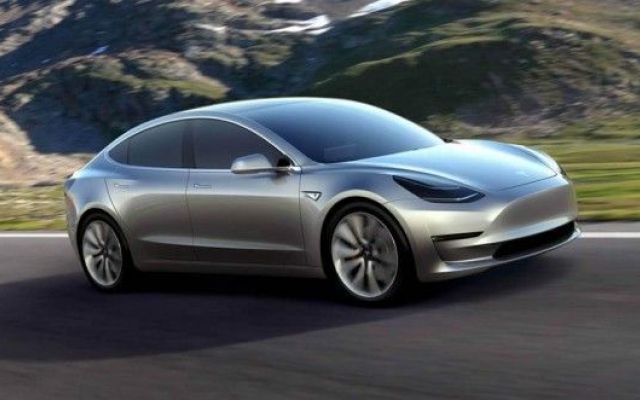
The status in India
Electric Vehicles in India are still relatively new. They account for just 1 % of the total vehicle density. India unveiled the ‘National Electric Mobility Mission Plan (NEMMP) 2020’ in 2013 to address the issues of national energy security, vehicular pollution, and growth of domestic manufacturing capabilities.
While you might see a lot of e-rickshaws zipping across the narrow lanes of Karol Bagh in Delhi, a major shift has yet to arrive towards Electric Vehicles. Only a handful of electric cars are available in the market, and the small-vehicle market is still dominated by conventional vehicles.
“We are going to introduce electric vehicles in a very big way. We are going to make electric vehicles self-sufficient like UJALA. The idea is that by 2030, not a single petrol or diesel car should be sold in the country,” Power Minister Piyush Goyal said while addressing the CII Annual Session, 2017.
While this target is seen as highly ambitious by the International Energy Agency, it is certainly a step in the right direction.
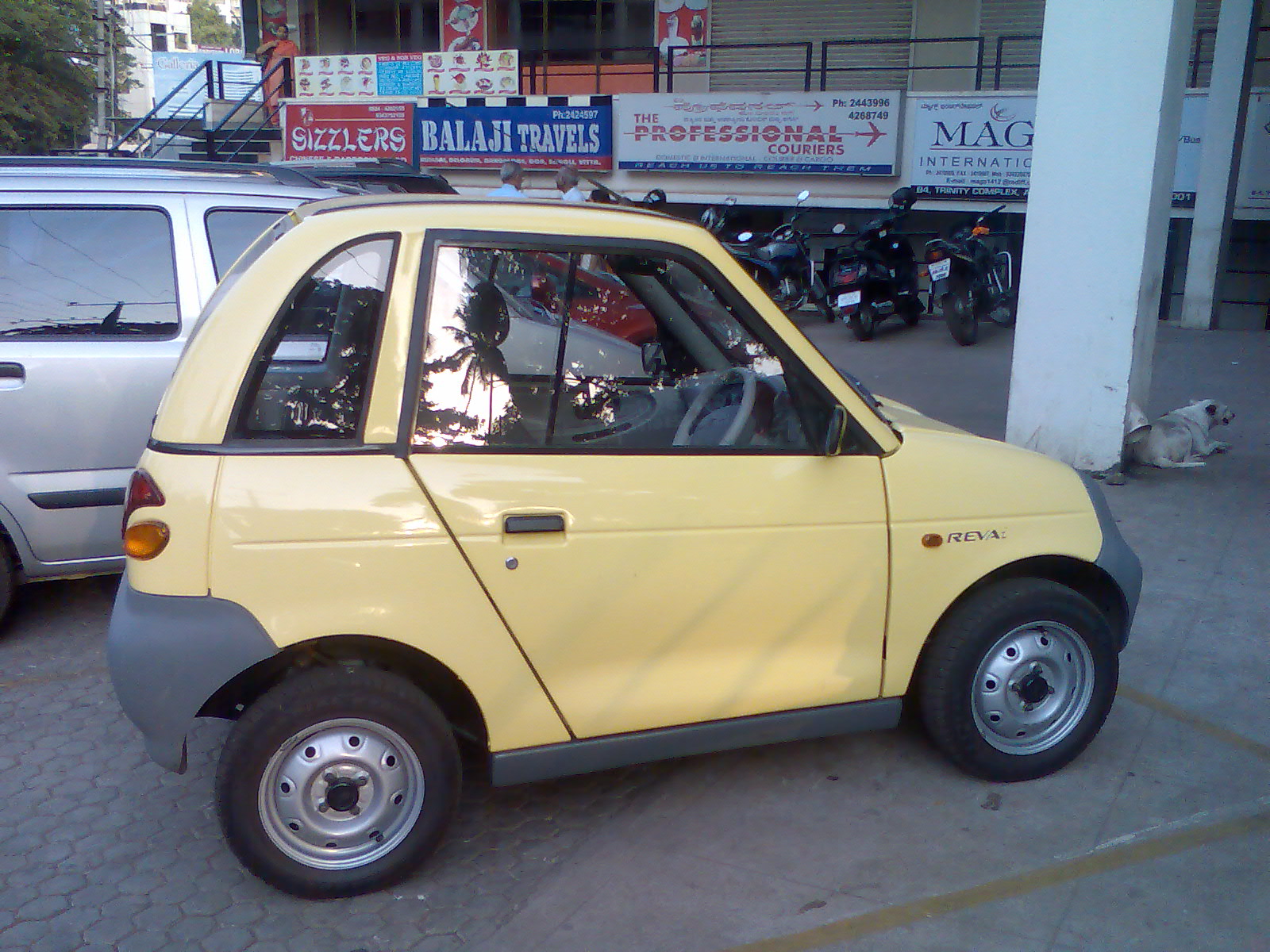
It is, however, important that while offering incentives is a start, the government will need to give an active push to meet its goals. This will also majorly help India in achieving its Paris Agreement targets.
We must also focus on production of Li-Ion batteries in India under the Make in India initiative as they are the major power source of modern electric vehicles.
India imports more than 80 % of the petroleum it uses. The shift towards electric vehicles will have a positive impact on the economy as well as the environment. The planned shift will also reduce the mammoth number of road fatalities that occur in India, with the advent of automation. Recently, the autopilot feature in Tesla predicted a crash moments before it happened and applied the brakes.
It will require a nationwide revamp of the infrastructure that is in place right now. But if the government allocates enough resources to a central planning committee, we can couple it with the planned smart city and affordable housing solutions.
According to the research by NITI Aayog, it is predicted that the energy consumption from motorized passenger transport will go down by 64 %.
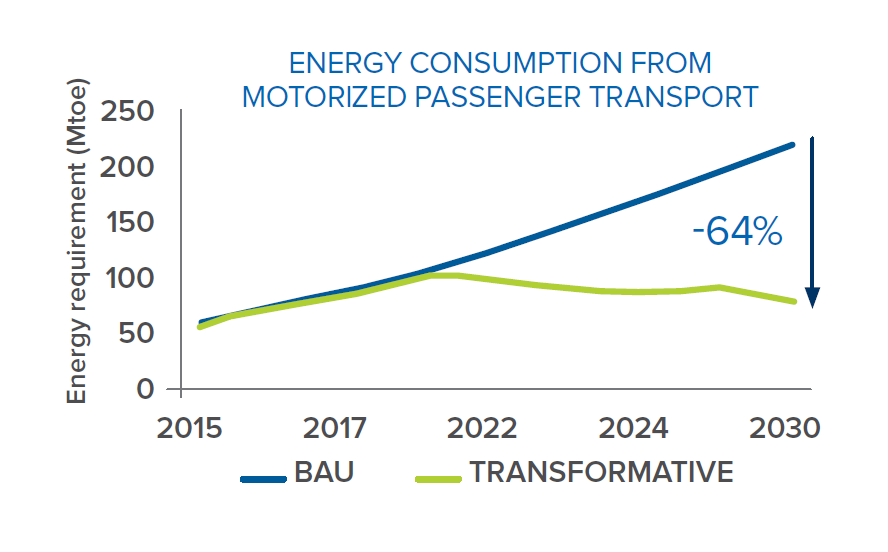
Mtoe = Million Tonnes of Oil Equivalent.
BAU = Business as Usual.
Similarly, the CO2 emissions should go down by a massive 37 % if India succeeds in achieving its Electric Vehicle targets.
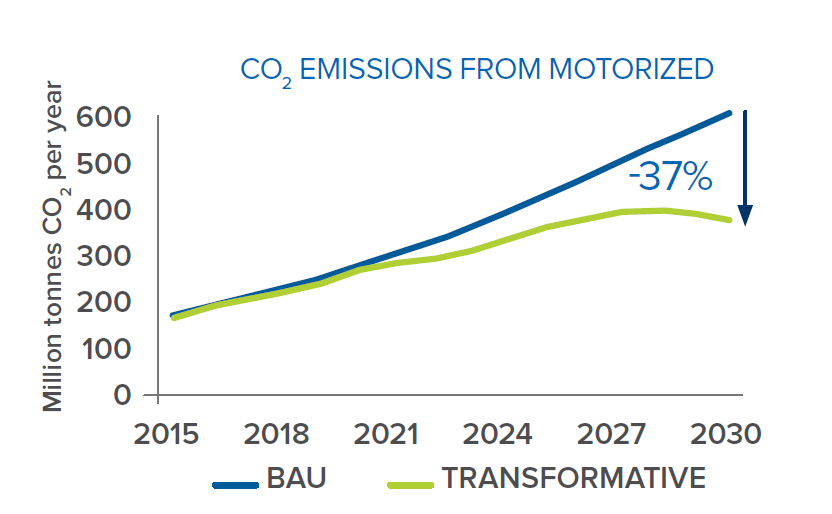
These models clearly indicate that Electric Vehicles will have huge benefits.
Buying an Electric Vehicle in India
There are very few options for buying a fully electric vehicle. For two wheelers, companies like Hero and Avon are a couple of major auto manufacturers that provide electric vehicles.
Mahindra & Mahindra has been actively lobbying the government to focus on developing infrastructure to promote battery-powered vehicles.
Tesla, the company doing groundbreaking research and work in battery-powered vehicles, planned to launch one of its cars (the Model 3) in India in summer 2017. It also started taking pre-orders earlier this year, but there have been no official announcements on it yet. E-rickshaws have also been gaining a lot of traction in India, but they cater to a very specific market.
So we have limited choices, the technology is not on par with international standards, and the infrastructure for maintaining electronic vehicles needs a lot of work.
Benefits of Electric Vehicles
- Cost-Effective: As the electric engines are more efficient, they are inherently more cost-effective.
- Reduced Pollution: From the extraction of petrol to its burning, petroleum-powered vehicles contribute to pollution in many ways. These include air pollution, noise pollution, and releasing harmful gases in the environment. Electric Vehicles on the other hand can use 100 % renewable energy.
- Low Maintenance: With less complex mechanisms, electric vehicles require significantly less maintenance over the course of their lifetime.
- Energy Efficiency: Electric Vehicles don’t consume electricity while stationary, unlike internal combustion engines which consume fuel while idling. The efficiency of conventional vehicles is mostly 30-40 %, while electric vehicles can be up to 90-95 % efficient.
The future of Electric Vehicles is inevitable. What will be interesting to see is how soon India adapts to it and implements it. The explosion of mobile phones in India shows that people will adapt and accept change if eases their lives. Planned well, the shift towards electric vehicles will also enhance India’s energy security, and reduce the nation’s oil import dependence.
For similar news related to the sustainability industry, head over to GreenBanao.
Like this story? Or have something to share? Write to us: [email protected], or connect with us on Facebook and Twitter.
NEW: Click here to get positive news on WhatsApp!
If you found our stories insightful, informative, or even just enjoyable, we invite you to consider making a voluntary payment to support the work we do at The Better India. Your contribution helps us continue producing quality content that educates, inspires, and drives positive change.
Choose one of the payment options below for your contribution-
By paying for the stories you value, you directly contribute to sustaining our efforts focused on making a difference in the world. Together, let’s ensure that impactful stories continue to be told and shared, enriching lives and communities alike.
Thank you for your support. Here are some frequently asked questions you might find helpful to know why you are contributing?


This story made me
-
97
-
121
-
89
-
167













